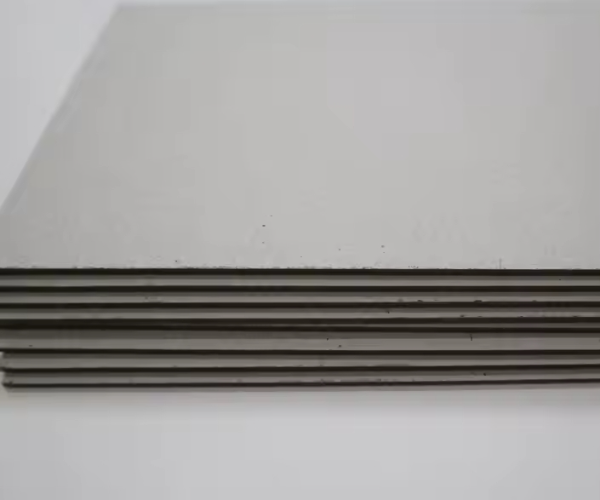0086 18049845758
 GOLDEN PAPER
GOLDEN PAPER
 GOLDEN PAPER
GOLDEN PAPER
Are your high-end packages falling apart? Are products getting damaged during shipping? Is your hardcover book casing collapsing? These hidden costs are often caused by substandard paperboard. Grey chip board, a dense material made from recycled pulp, provides excellent strength, moisture resistance, and durability—making it a reliable choice for packaging. In this article, we'll explain what grey board is, its main features, and how it's used across different industries. Keep reading to learn more!
Grey board, also known as grey chipboard or recycled paperboard, is not made from virgin pulp. Instead, it uses recycled fibers from old newspapers, cartons, and similar waste materials. These are processed using high-pressure pressing techniques. Since no bleaching agents are added, the board retains a natural greyish-brown color—hence the name.
The thickness of grey board typically ranges from 0.5 mm to 3 mm. At Golden Paper, we offer grey board starting from over 300gsm. Popular grammages include 300gsm, 350gsm, 400gsm, 450gsm, 500gsm, 600gsm, 700gsm, 800gsm, 900gsm, 1000gsm, 1200gsm, and even up to 2000gsm.
Generally speaking, the gsm of the board corresponds to its thickness. For example, a 650gsm board is about 1mm thick, 950gsm is around 1.5mm, 1250gsm is close to 2mm, and 1550gsm and 1900gsm are approximately 2.5mm and 3mm respectively. You can consult us to determine the right gsm based on your thickness needs.

Unlike ordinary paper, grey board is made through a specialized process with three main steps:
First, recycled paper is soaked, pulped, and cleaned to remove impurities. This breaks down the fibers and prepares them for reuse.
Next, the pulp is pressed repeatedly under approximately 200 tons/square meter of pressure, forming a compact structure.
Finally, depending on the application, the board's surface may be coated to improve printability and moisture resistance.
Grey board is made from recycled paper pulp, helping reduce the need for virgin wood and minimizing waste. It is biodegradable and has a low environmental impact—an ideal material for sustainable packaging.
Although it's made from recycled materials, the high-temperature pressing process gives grey board excellent strength and stiffness. It's suitable for packaging that needs to protect the contents inside.
Using recycled materials lowers production costs, and the manufacturing process is relatively simple. This makes grey board a more affordable alternative to virgin fiber board.
Grey board is dense and uniform. It resists delamination and performs well in terms of tensile strength, bursting strength, stiffness, folding endurance, and tear resistance—making it reliable for various uses.
Compared to corrugated board, grey board is denser and sturdier. It offers better load-bearing and bending resistance. It's widely used in high-end packaging such as cosmetic boxes, shoe boxes, and wine boxes, helping protect items from damage.
Thanks to its flat surface and rigidity, grey board works well in applications that require good printability, such as advertising signs, folders, hardcover book cases, puzzles, and picture frame backing boards.
Grey board is easy to cut, crease, and die-cut, making it highly versatile for daily items like storage boxes, inner linings, partitions, and department store displays.
Grey board is both eco-friendly and cost-effective—a great choice for protective and premium packaging. If you're looking to create strong, durable packaging boxes, grey board is a smart option. Contact us at Golden Paper to discuss your needs. We're confident our experience and quality products will meet your expectations.